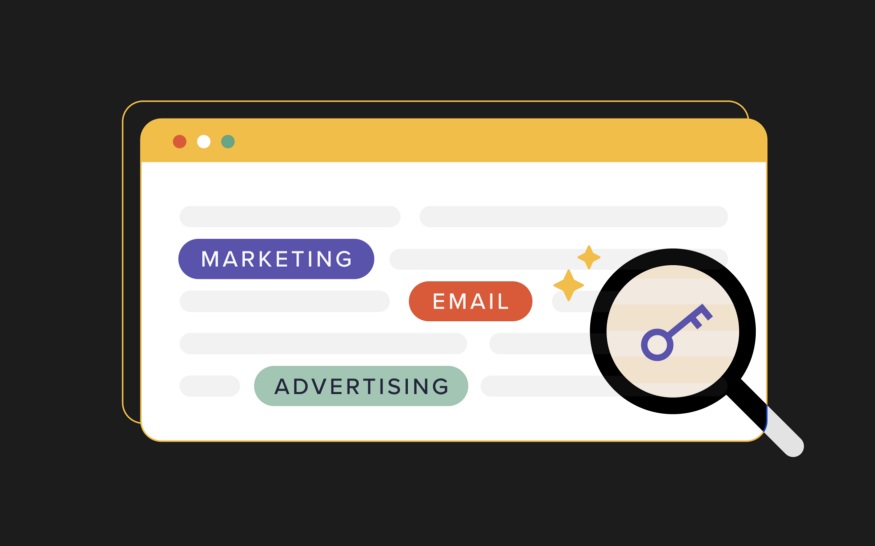Well, now that you’ve got bucket after bucket of keywords (metaphorically), what’s next? You can’t put all the keywords in your web content, no that’s not right! Because in the first place, it is not possible. Second, there is no point in leading search engines to consider your site spam.
So what you need to do after researching the keywords is to analyze and filter each one.
There are 3 keyword attributes that can help you determine which one:
Relevance:
The more relevant the keyword, the more likely you are to get the right traffic and customers to your site.
Search volume:
This means knowing how often users searched for the keyword per month, as there is no point in targeting a keyword that people don’t search for.
Competition:
This refers to how difficult or easy it is to rank for the keyword.
How to Analyze Keywords?
1) To analyze basic research data
As mentioned above, the top 3 keyword attributes to look at are relevance, search volume, and competition. With tools like Google Keyword Planner, you’ll get more detailed and systematic data about your keywords in the form of a spreadsheet. While there is no “relevance rate” data, by using and analyzing the overall data, we’re sure you’ll get a general idea of which keywords are right for you.
Some of the basic facts that are useful:
- Competition: how difficult it is to rank for a given keyword.
- Search volume: how many users are searching for this keyword in a given period of time?
- Average Monthly Searches: The average monthly number of searches for a keyword based on the months used.
- 3M Change (%) – The percentage change in search volume for this keyword over 3 months.
- Annual Change: The percentage change in search volume for this keyword over 1 year.
- Top of Page Bid (Low Rank): The minimum amount (RM) that businesses are willing to pay to show PPC ads for this keyword.
- Top of page bid (rank high): The maximum amount (RM) that businesses are willing to pay to show PPC ads for this keyword.
2) Understand the different types of search intent
After creating your keyword list, the next step is to interpret the intent behind your search queries. This means discovering the purpose and desire of the users when doing this search.
Search attempts can be classified into 5 categories:
informative
Users want information about a particular product, service, company, or topic.
Example: What is graphic design?
Navigational
Users look for an address to go to a physical place. The keyword is likely to include the name or location of the business.
Ex: How to go by train to Bukit Bintang Pavilion?
Transactional
Users want to buy a product or service.
For example logo design agency for a health care brand, brown leather bag under RM100
Investigational
Users want to compare products or services.
For example: The best skincare products on Watson
Seasonal
A user is most likely to perform a seasonal search when preparing to travel to another country.
Ex: waterproof winter boots, summer attractions in Japan
3) Understand the basics of the marketing funnel
Last but not least, you need to understand the different types of search terms based on the marketing funnel, which is typically the buyer’s buying journey.
Awareness
The first step is awareness, where users want guidance, advice, and information on a topic. Therefore, general informational keywords are often the type of search terms used at this stage.
For example: logo design
interest
After getting the basic information, users start to get interested in the product or service. They start to get curious and want to know more about it. At this stage, they will begin to proactively research topics and learn more in-depth, resulting in longer, more targeted keywords, also known as long-tail keywords.
For example: The difference between logo and brand, the different types of logos, and how to create a logo
Desire
In the third step, users imagine the desired situation when using the product/service. So they wanted to evaluate them, review them and compare them.
Ex: Best logo design agency in KL
Action
In the last step, the users have decided and are ready to act by contacting the service providers. The search terms used are mostly transactional keywords.
For example: skin care logo design agency, logo design agency in Bandar Mahkota Cheras
